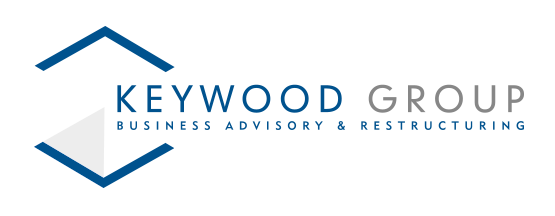Creditors Voluntary Liquidation vs. Company Voluntary Arrangement
When a business faces financial challenges, it must decide on a course of action to resolve its issues and possibly save the company. Two common options for businesses in distress are Creditors Voluntary Liquidation (CVL) and a Company Voluntary Arrangement (CVA). In this blog, we will delve into these two approaches, examining their key differences, advantages, and disadvantages.
Voluntary Liquidation
Voluntary liquidation, also known as a creditors’ voluntary liquidation (CVL), is a process through which a company willingly decides to wind up its operations and distribute its assets among its creditors and shareholders. This option is typically chosen when a company is insolvent, meaning its liabilities exceed its assets, and it can no longer continue its operations. There are two main types of voluntary liquidation:
Creditors’ Voluntary Liquidation (CVL)
-
- In a CVL, the company is insolvent, and its directors and shareholders voluntarily choose to liquidate the business.
- The appointed liquidator sells the company’s assets and uses the proceeds to pay off creditors to the extent possible.
- Once the debts are settled, any remaining funds are distributed among the shareholders.
Advantages of Creditors Voluntary Liquidation
- Provides a structured and legal framework for winding up a company.
- Offers a clear path for the distribution of assets, ensuring that creditors are paid in an orderly manner.
- Enables directors to avoid personal liability for the company’s debts if they act within the boundaries of the law.
Disadvantages of Creditors Voluntary Liquidation:
- May result in the closure of the business, which could lead to job losses.
- Shareholders may not receive full compensation for their shares, especially in a CVL.
Company Voluntary Arrangement (CVA)
A Company Voluntary Arrangement (CVA) is a legal agreement between a financially distressed company and its creditors. The purpose of a CVA is to help the company continue trading while repaying its debts over an extended period, typically three to five years. Key elements of a CVA include:
- Proposal: The company must prepare a detailed proposal outlining how it plans to repay its debts. This proposal is then presented to creditors for approval.
- Creditor Vote: Creditors vote on the proposal, and if the majority (usually 75% by value) approve, the CVA becomes binding on all creditors.
- Supervision: A licensed insolvency practitioner oversees the CVA process, ensuring that the company adheres to the agreed-upon terms.
Advantages of Company Voluntary Arrangement:
- Allows the company to continue its operations and potentially recover from financial difficulties.
- Provides a chance for creditors to recover a higher percentage of their debts compared to liquidation.
- Can help preserve jobs and maintain business relationships.
Disadvantages of Company Voluntary Arrangement:
- Requires the company to adhere to strict repayment schedules, which may strain cash flow.
- The company’s financial affairs become public knowledge, potentially damaging its reputation.
- If the CVA fails, the company may ultimately face compulsory liquidation.
Summary
Both voluntary liquidation and Company Voluntary Arrangements offer distinct approaches to addressing financial distress in a business. The choice between these options depends on the company’s financial situation, its ability to continue operations, and the goals of its stakeholders.
Voluntary liquidation is typically chosen when a company can no longer operate profitably and aims to wind down its affairs. In contrast, a CVA is a viable option for companies that believe they can recover from their financial difficulties with the support of creditors.
Ultimately, the decision between these two methods should be made carefully, often with the guidance of financial and legal professionals, as the consequences for the company, its creditors can vary significantly.











